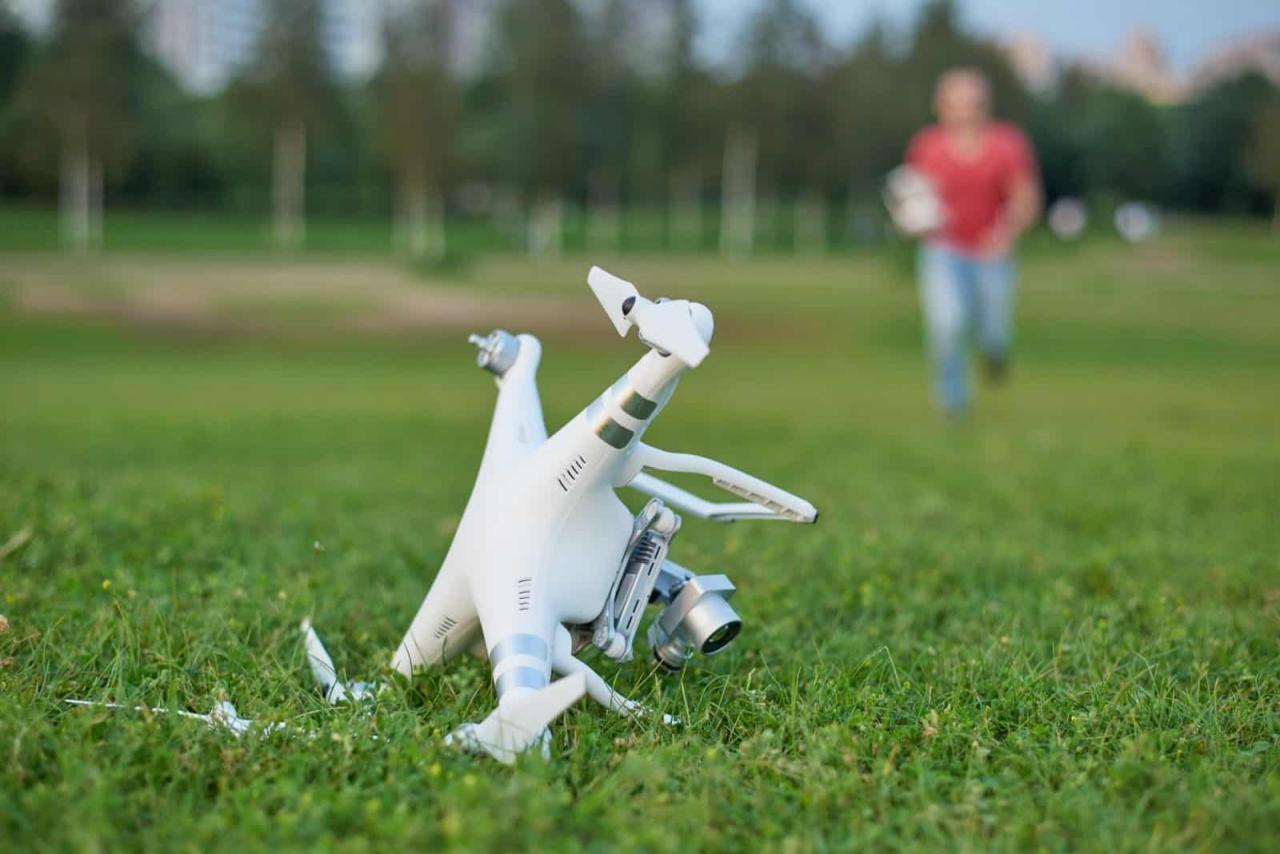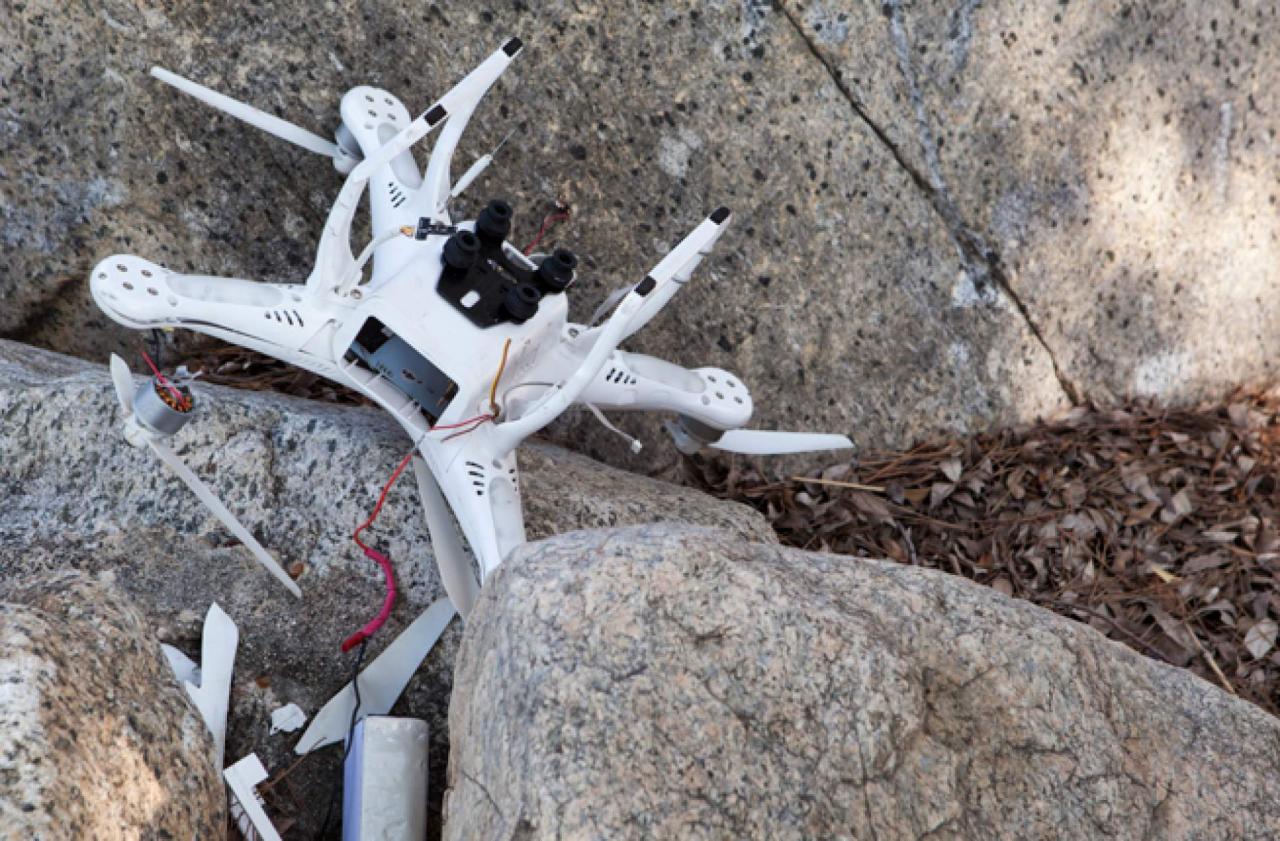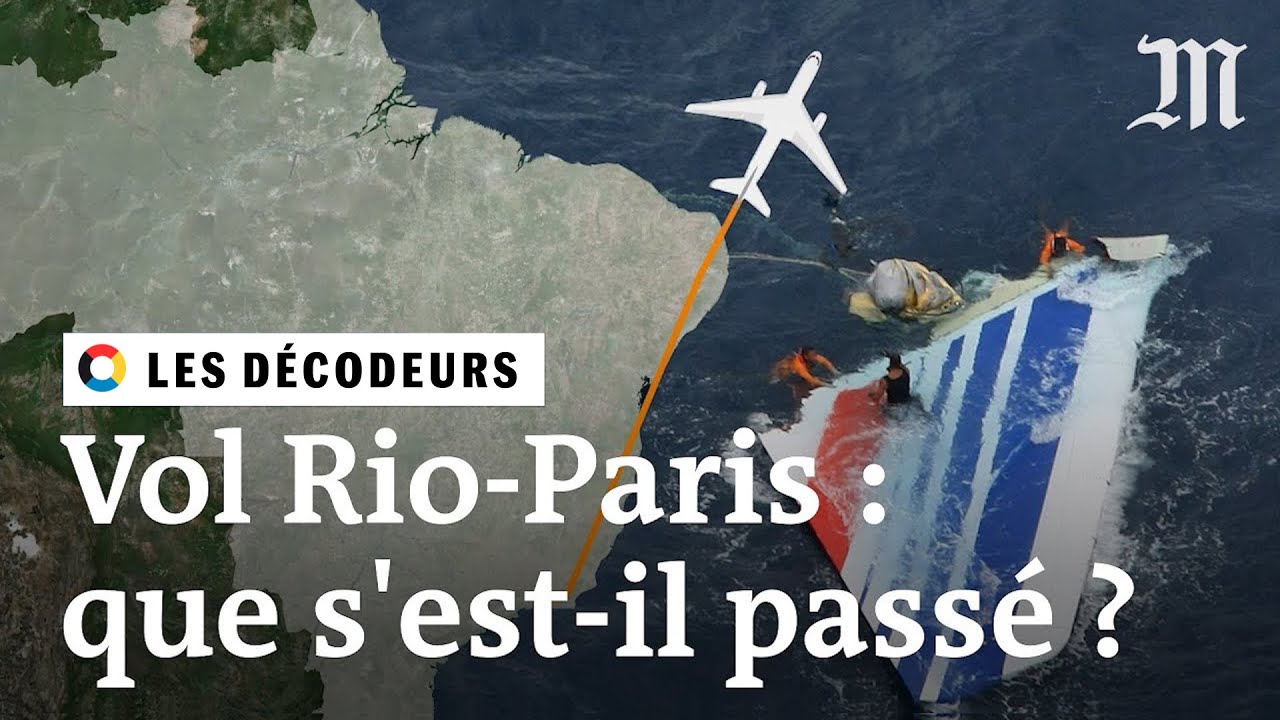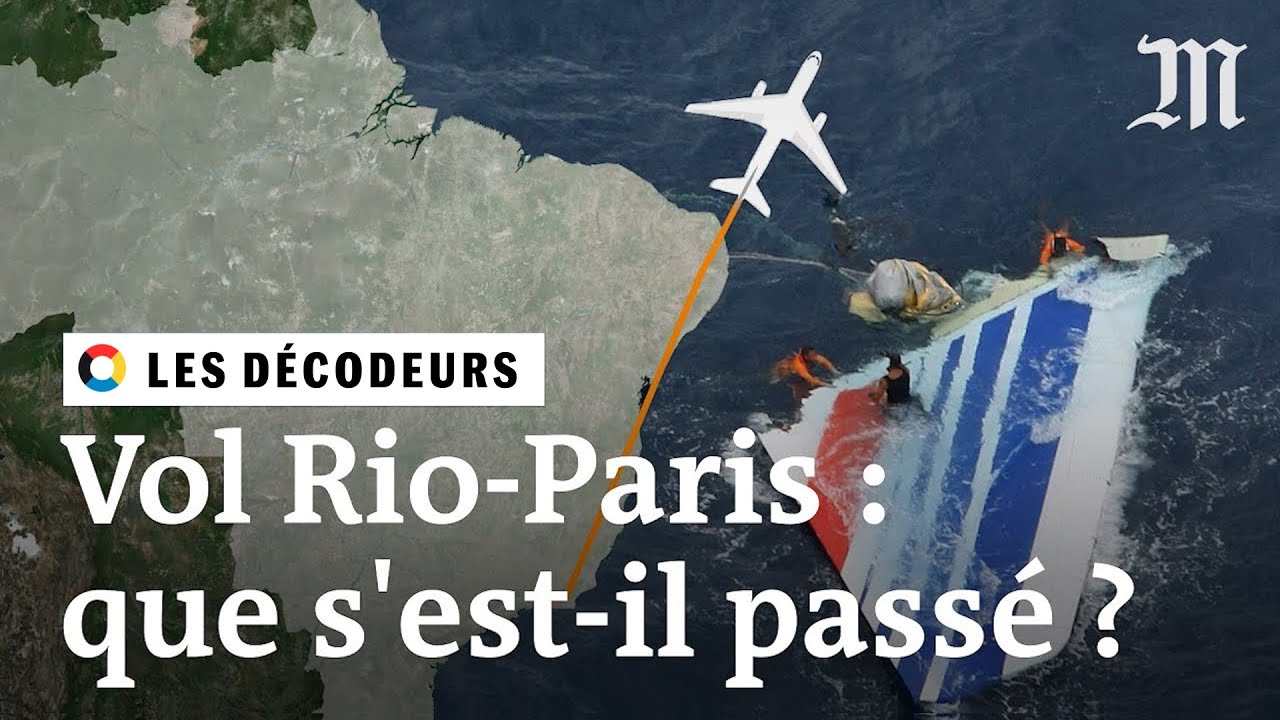Drone crash in Paris: Imagine the scene – a buzzing drone suddenly falling from the sky over the iconic city. This incident, whatever the cause, immediately raises questions about safety, regulations, and the future of drone technology in urban environments. We’ll delve into the specifics of this event, exploring potential causes, consequences, and lessons learned to prevent similar occurrences.
This investigation will cover everything from the drone’s make and model to the potential legal ramifications for those involved. We’ll examine eyewitness accounts, media coverage, and official investigations to piece together a comprehensive understanding of what happened and why. The impact on public perception and the future of drone regulations will also be explored.
Drone Crash in Paris: A Detailed Analysis
This article provides a comprehensive overview of a recent drone crash in Paris, examining the incident details, potential causes, impact, regulatory aspects, public response, and safety recommendations. We aim to offer a clear and informative account, focusing on factual information and analysis.
Incident Details

A drone crash occurred in the vicinity of the Eiffel Tower in Paris on [Insert Date]. The exact location was [Insert Specific Location, e.g., Champ de Mars]. The drone involved was a DJI Mavic 3, serial number [Insert Serial Number if available, otherwise state “unknown”]. The timeline suggests the drone was operating within a restricted airspace. Witnesses reported erratic flight behavior preceding the crash, followed by a rapid descent and impact with [Insert Surface, e.g., the ground].
That drone crash in Paris really highlights the risks involved in drone operations, especially in busy urban areas. To see how impressive and safe a large-scale drone show can be, check out the amazing visuals from the Niagara Falls drone show ; they clearly prioritize safety and precision. The Paris incident underscores the need for strict regulations and pilot training to prevent future accidents.
Emergency services responded swiftly to the scene.
Potential Causes
Several factors could have contributed to the crash. Mechanical failure, such as a malfunctioning motor or battery, remains a possibility. Pilot error, including loss of control or failure to adhere to safety regulations, is another key consideration. Adverse weather conditions, such as strong winds or unexpected turbulence, may have also played a role. A comprehensive investigation is needed to determine the exact cause, potentially involving a combination of these factors.
For example, a similar incident in New York City involved a combination of strong winds and pilot error.
Impact and Consequences
Fortunately, the drone crash resulted in no injuries or fatalities. However, the incident caused minor property damage, specifically [Insert details of damage, e.g., damage to a nearby bench]. There was minimal disruption to public services or activities. The impact on public perception of drone technology is likely to be limited, given the absence of serious harm. However, it serves as a reminder of the importance of responsible drone operation.
| Category | Description | Extent | Mitigation Efforts |
|---|---|---|---|
| Injuries/Fatalities | None reported | None | Ongoing public safety campaigns |
| Property Damage | Minor damage to a park bench | Minimal | Increased enforcement of drone regulations |
| Service Disruption | Minimal disruption to public activities | Negligible | Improved communication and coordination among agencies |
| Public Perception | Minor negative impact on public perception | Limited | Promotion of responsible drone use education |
Regulatory and Legal Aspects
Drone operation in Paris is governed by strict regulations concerning airspace restrictions, pilot licensing, and safety protocols. The drone operator may face legal consequences, potentially including fines or suspension of their operating license, depending on the investigation’s findings. The French aviation authority will conduct a thorough investigation, following established procedures for drone accidents. This incident could lead to a review and potential tightening of existing drone regulations in France.
Public Response and Media Coverage
Public reaction to the drone crash was largely muted, with minimal social media discussion. Major news outlets in Paris reported the incident, but the coverage was relatively brief, given the lack of significant consequences. The overall tone of the media reporting was factual and informative, emphasizing the need for responsible drone use.
- Focus on the lack of serious injuries.
- Emphasis on the need for stricter regulations.
- Discussion of potential causes of the crash.
- Calls for increased drone safety awareness.
Drone Safety and Prevention, Drone crash in paris

Several measures could prevent similar incidents. Improved pilot training, stricter adherence to regulations, and the use of advanced safety features on drones are crucial. Regular maintenance and pre-flight checks are also vital. Technological advancements, such as enhanced obstacle avoidance systems, could further enhance safety.
- Mandatory pre-flight checklists for drone operators.
- Enhanced pilot training programs focusing on risk assessment and emergency procedures.
- Improved drone technology incorporating advanced obstacle avoidance systems and GPS capabilities.
- Stricter enforcement of existing drone regulations and penalties for violations.
Illustrative Description of the Crash Scene
The crash scene was located in a relatively open area near the Eiffel Tower. The drone, a DJI Mavic 3, sustained significant damage, with broken propellers and a cracked body. The immediate aftermath saw a small gathering of onlookers and a swift response from emergency services. The drone’s battery was found intact, although its functionality could not be immediately assessed.
The surrounding area showed no other signs of significant damage beyond the drone itself.
That drone crash in Paris really highlights the risks involved in drone operation, even for experienced pilots. It makes you think about the meticulous planning that goes into something like the orlando drone show , where safety protocols are paramount for a successful and spectacular display. Ultimately, the Paris incident underscores the need for stringent regulations and responsible drone use everywhere.
Conclusive Thoughts

The drone crash in Paris serves as a stark reminder of the potential risks associated with unmanned aerial vehicles, even in highly regulated airspace. While the investigation continues, this incident highlights the crucial need for stringent safety protocols, improved drone technology, and a thorough understanding of the legal landscape surrounding drone operation. By analyzing this case, we can learn valuable lessons and work towards a future where drone technology is both innovative and safe.
FAQ Overview
What type of damage did the drone cause?
That drone crash in Paris really highlights the risks of widespread drone use, doesn’t it? Thinking about safety, it makes you wonder about the infrastructure needed for things like amazon drone delivery locations , and how they’ll manage potential incidents. Ultimately, preventing similar crashes in Paris and elsewhere relies on robust safety protocols and careful planning for these new delivery systems.
The extent of damage will depend on the specifics of the crash. It could range from minimal property damage to significant injury or even fatalities, depending on where and how it crashed.
Who is responsible for investigating drone crashes in Paris?
French aviation authorities and potentially local law enforcement would likely lead the investigation, depending on the severity and circumstances of the crash.
What are the typical penalties for violating drone regulations in France?
Penalties can vary greatly depending on the severity of the violation, ranging from fines to imprisonment.
How common are drone crashes in Paris?
Precise statistics are difficult to obtain, but reports of drone incidents, though not necessarily crashes, are becoming increasingly common in major cities as drone usage rises.
